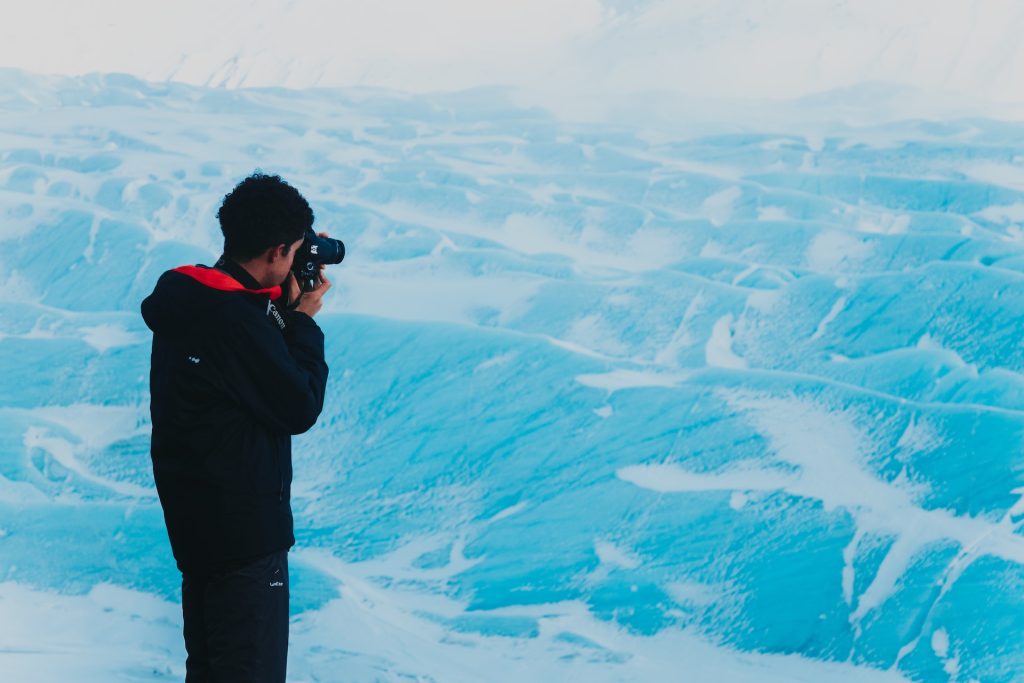

Responsible photography in nature requires careful consideration of the environment and wildlife. It’s about capturing breathtaking moments while minimizing our impact and respecting the delicate balance of ecosystems. This guide explores common photography problems related to nature and provides practical solutions for responsible practices. We’ll delve into crucial elements of ethical wildlife encounters, mindful environmental considerations, and the significance of responsible travel in photography. This article will offer detailed insights to help you ensure your photographic endeavors in nature are both impressive and sustainable.
Understanding the Impact of Photography on Wildlife
Ethical Wildlife Encounters
Capturing captivating nature images often involves close encounters with wildlife. This is a vital moment, which can unintentionally affect wildlife. For instance, loud noises from photographers can disrupt wildlife’s routines, their natural behavior and reproduction cycles. Flash photography can disorient creatures and cause unwanted reactions that impact them. The sheer presence of many people can influence natural habitats, potentially altering their natural behavior over time.
Minimizing Disturbance to Wildlife
Avoiding Flash Photography
Using flash photography is a common mistake that disorients wildlife. It can startle animals and disrupt their natural behavior. Use ambient light instead of flash, and if a flash is absolutely necessary, use a lower power setting. Consider using a slower shutter speed for a sharper focus during daytime photography and adjust accordingly in low light.
Respecting Wildlife’s Space
Maintaining a Safe Distance
Maintaining a safe distance from wildlife is critical to capturing nature’s beauty without intruding. Respect wildlife’s space by avoiding aggressive behavior. Keep a safe distance to ensure their comfort and avoid unnecessary stress. Keep a respectful distance. Avoid touching or feeding wild animals. This keeps them from getting used to human interaction.
Environmental Considerations in Nature Photography
Reducing Your Carbon Footprint
Responsible nature photography involves more than just ethical interactions with wildlife; it’s also about minimizing environmental impact. Consider traveling to locations with low carbon emission. Opt for public transportation or eco-friendly vehicles whenever possible. Reduce your water consumption in the field and practice proper waste disposal.
Responsible Travel Practices
Respecting Local Communities
Engage with local communities to understand the customs and traditions related to nature photography. Respect their culture and support local businesses and eco-friendly services. This includes avoiding areas where wildlife is endangered or vulnerable. Support conservation efforts or local conservation groups in the region.
In conclusion, responsible photography in nature is crucial for preserving these delicate ecosystems and fostering a deeper appreciation for the natural world. By practicing mindful photography techniques, we can contribute to the well-being of both the environment and the future of wildlife. Embrace these principles and enjoy the wonders of nature responsibly, capturing its beauty without compromising its integrity. Learn more about responsible travel and ethical wildlife encounters to deepen your understanding. Visit our website or join our next workshop for practical tips and insights.